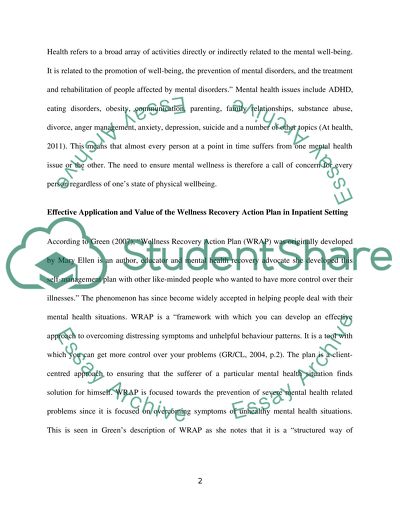Cite this document
(“Wellness recovery action plan, self management tool Literature review”, n.d.)
Retrieved from https://studentshare.org/health-sciences-medicine/1408964-wellness-recovery-action-plan-self-management-tool
Retrieved from https://studentshare.org/health-sciences-medicine/1408964-wellness-recovery-action-plan-self-management-tool
(Wellness Recovery Action Plan, Self Management Tool Literature Review)
https://studentshare.org/health-sciences-medicine/1408964-wellness-recovery-action-plan-self-management-tool.
https://studentshare.org/health-sciences-medicine/1408964-wellness-recovery-action-plan-self-management-tool.
“Wellness Recovery Action Plan, Self Management Tool Literature Review”, n.d. https://studentshare.org/health-sciences-medicine/1408964-wellness-recovery-action-plan-self-management-tool.


